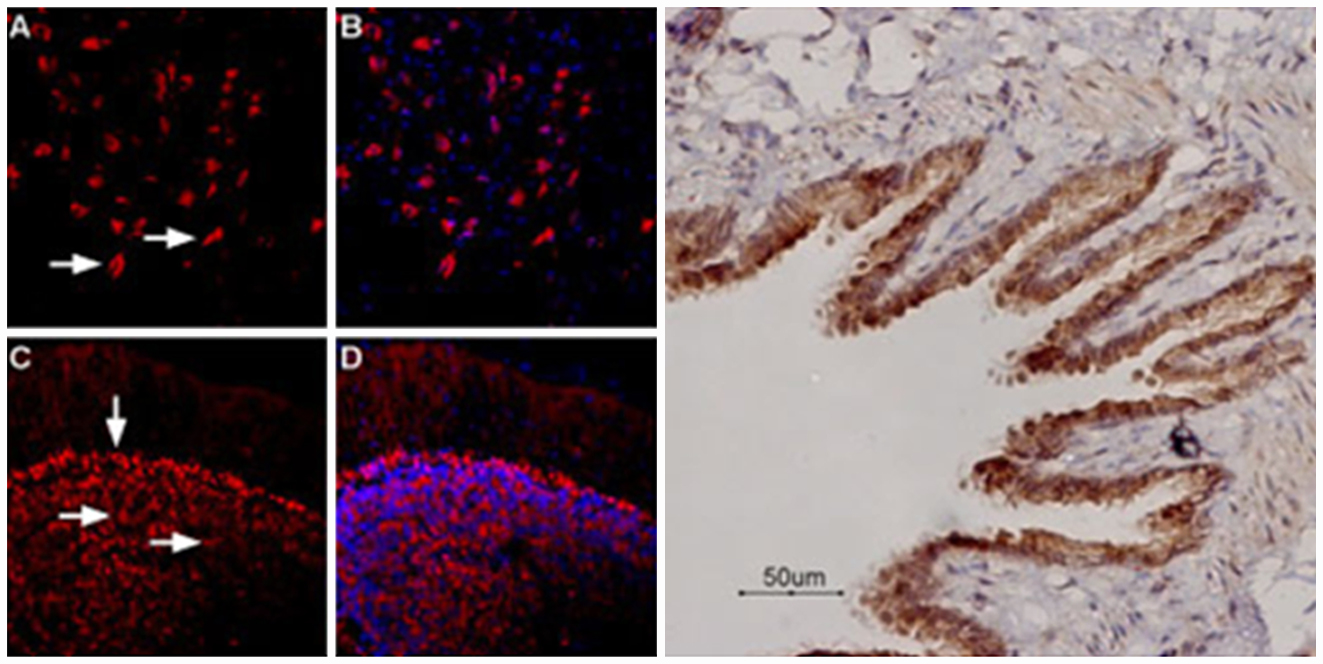Accessibility Statement
Introduction
The internet today constitutes the largest database of free information for all users, including users with disabilities. As such, we place great emphasis on providing equal opportunity for people with disabilities to be able to use the information on our website and enjoy a better browsing experience.
We aim to ensure that digital services are accessible to people with disabilities, and therefore we have invested large resources in order to simplify the use of the website for people with disabilities as much as possible, out of the belief that every person deserves the right to live with equality, dignity, convenience, and independence.
Using the website accessibility program
This website is run by the accessibility program of the "Accessible with a Click" company and is run via a designated accessibility server. The program allows the website to follow the guidelines for internet content accessibility WCAG 2.0 to level AA. The program is subject to the conditions of use of the manufacturer. Warrantee of use applies to the website owners and/or their representative, including the content displayed in the website, as subject to the conditions of use.
How does accessibility work on the website?
The website has an accessibility menu. Clicking on the menu opens accessibility buttons. After choosing a subject in the menu, waiting time is necessary for the page to upload.
What is in the menu?
✓ Ability to navigate with the keyboard
✓ Increasing and decreasing the website fonts
✓ Changing color contrast based on dark backgrounds
✓ Changing color contrast based on light backgrounds
✓ Adapting the website to color blind people
✓ Underlining links throughout the website
Clarification
Despite our efforts to enable website browsing for all the website pages, there may be website pages that haven't been made accessible yet or may lack a suitable technical solution.
We are continuing our efforts to enhance the accessibility of the website as much as possible, out of our moral obligation to enable the use of the website for the population as a whole, including people with disabilities.






